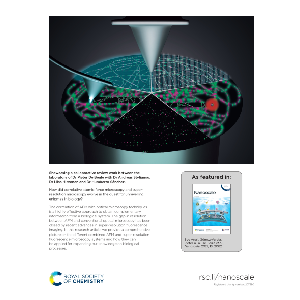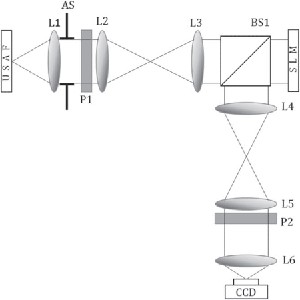Direct assessment of the sensitivity drift of SQM sensors installed outdoors
Direct assessment of the sensitivity drift of SQM sensors installed outdoors Bará S., Marco E., J. Ribas S., Garcia Gil M., Sánchez de Miguel A. and Zamorano J Long-term monitoring of the evolution of the artificial night sky brightness is a key tool for developing science-informed public policies and assessing the efficacy of light pollution … Read more









